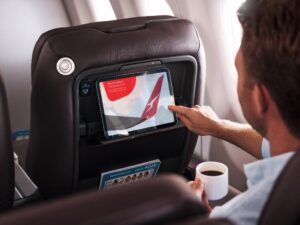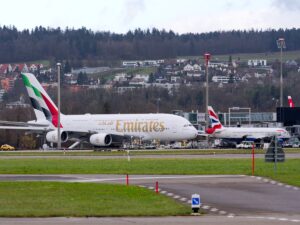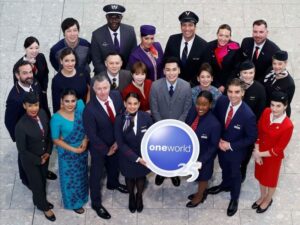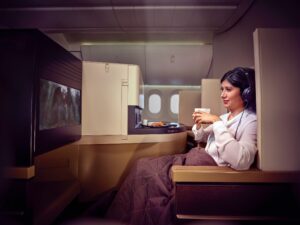Our members share their tips and experiences in getting some shut-eye on aircraft. Some lucky members are able to sleep with ease, even in economy. For others, getting some rest at 35,000 feet can be a great challenge.
For those who find that sleeping in the air doesn’t come naturally, there are numerous strategies available. For some, getting comfortable is key. This means wearing a comfortable pair of pyjamas, eye-shades and a good quality pair of noise-cancelling headphones. Scoring the right seat can also make a big difference. Exit row and bulkhead seats may offer superior legroom, while passengers on window seats are less likely to be disturbed by others trying to get up. If the plane is not full, it might even be possible to find a block of free seats to lie down on.
Other members take a more clinical approach and rely on sleeping pills or a few glasses of red or white to do the trick.
My working life means I’m doing at least 18-20 7+ hour night flights a year and I really must get that sleep in. Down to a fine art now as I found that the common “sleeping aid” tablet from Target in the US works best.
Some members have their own routine that they swear by.
Nothing beats a comfy seat, a flavoursome meal, my Emirates eye shades, QC20s (they area godsend) and a movie.
On shorter overnight flights, eating in the lounge before the flight is a strategy used to ensure maximum time is available for sleeping on board the plane.
Our members are unanimous about one thing: that sleeping on a flat bed in business or first class is much easier than trying to sleep in an economy seat. For this reason, many try to avoid long-haul and overnight flights in economy.
But my feeling is that I sleep twice as much in J as in Y, due to both increased comfort and less disruption from fellow pax.
Some members even struggle to sleep in first class. If that’s the case, simply avoiding overnight flights altogether might be necessary.
Share your sleeping strategies HERE.













































































